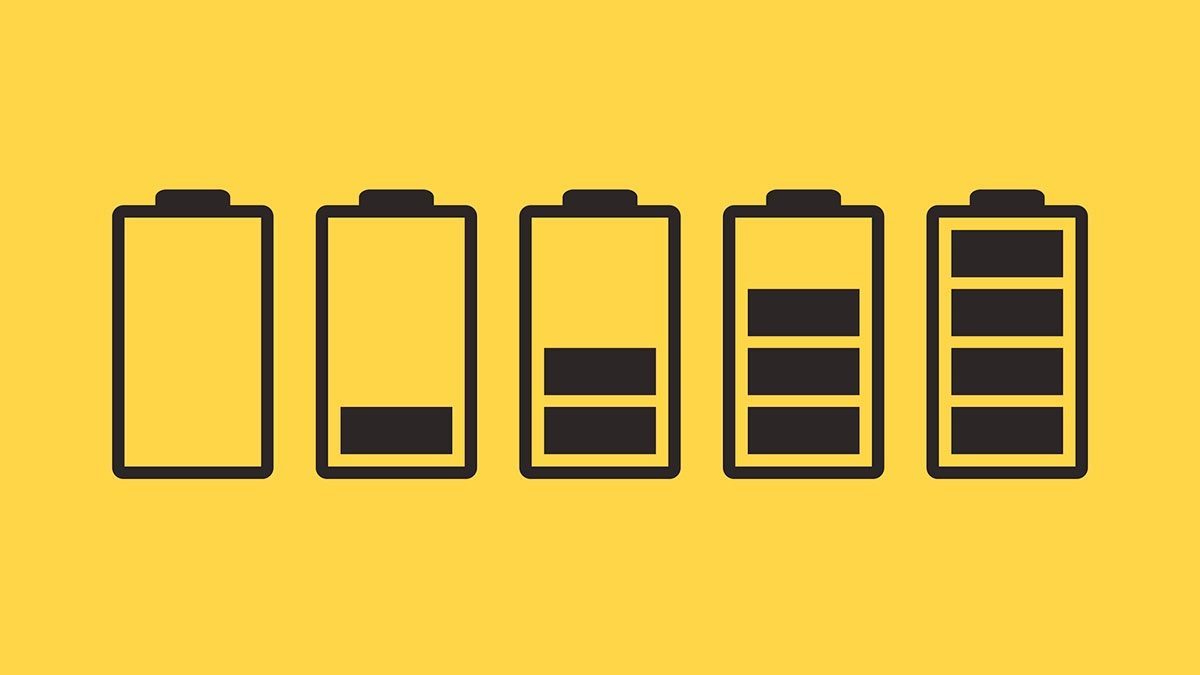Morgan Stanley is predicting a 45pc fall in lithium prices by 2021

The rise of electric cars in recent years has underpinned global demand for lithium — a key component in electric car batteries.
High demand puts upward pressure on prices — but analysts at Morgan Stanley don’t think that will last.
In a detailed research note on global lithium, the team said an avalanche of supply is in the works, which will put the market into surplus by 2019.
The net result is that Morgan Stanley expects lithium prices to peak at around $US13,000 a ton this year, before declining to around $US7,000 by 2021.
Global lithium supply was dominated by Chile until demand for lithium-ion batteries saw mining operations commence in Australia, China and Argentina.
As a result, Chile’s market share fell from 75 per cent in 2000 to 24 per cent in 2017.
However, recent government approval for a huge mine expansion means Chile is about to “open the floodgates”, Morgan Stanley analysts says.
“A host of lithium projects and expansion plans — including increased production by low-cost Chile brine operator SQM — threatens to add 500 kilo-tonnes per annum to global lithium raw material supply by 2025, swamping forecast demand growth.”
The analysts conceded that the lack of a standardised global pricing system for lithium makes future price forecasts more difficult.
For one thing, spot prices for refined battery-grade lithium in China are different to the contract prices in Chile for raw material dug out of the ground (note the difference in the green and red lines on the above chart).
But they maintain the view that over the longer-term, price risks remain heavily skewed to the downside.
“We assume that the large premium that has opened up since 2015 between China spot prices and Chile contract prices will endure only as long as the market remains tight – once large surpluses build, global prices will realign”, the analysts said.
- Bookmark this link for small cap breaking news
- Discuss small cap news in our Facebook group
- Follow us on Facebook or Twitter
- Subscribe to our daily newsletter
“China’s lithium reserves are estimated at 3.2 million tonnes and while exploitation has been constrained to date by high magnesium content in brines and lack of hardrock development, this is evolving.”
“Battery makers we have spoken to in China report that domestic supply is improving ‘in leaps and bounds’. We see significant upside risk to China’s domestic supply by 2025 against our base-case forecast, and expect costs to fall over that time period.”
As part of their research, Morgan Stanley included stock-price analysis on the world’s biggest lithium miners, including three Australian companies — Mineral Resources (ASX:MIN), Galaxy Resources (ASX:GXY) and Orocobre (ASX:ORE).
In light of the supply glut facing the industry, Mineral Resources was the only major lithium miner in which Morgan Stanley recommends an overweight position.
This article first appeared on Business Insider Australia, Australia’s most popular business news website. Follow Business Insider on Facebook or Twitter.
UNLOCK INSIGHTS
Discover the untold stories of emerging ASX stocks.
Daily news and expert analysis, it's free to subscribe.
By proceeding, you confirm you understand that we handle personal information in accordance with our Privacy Policy.








